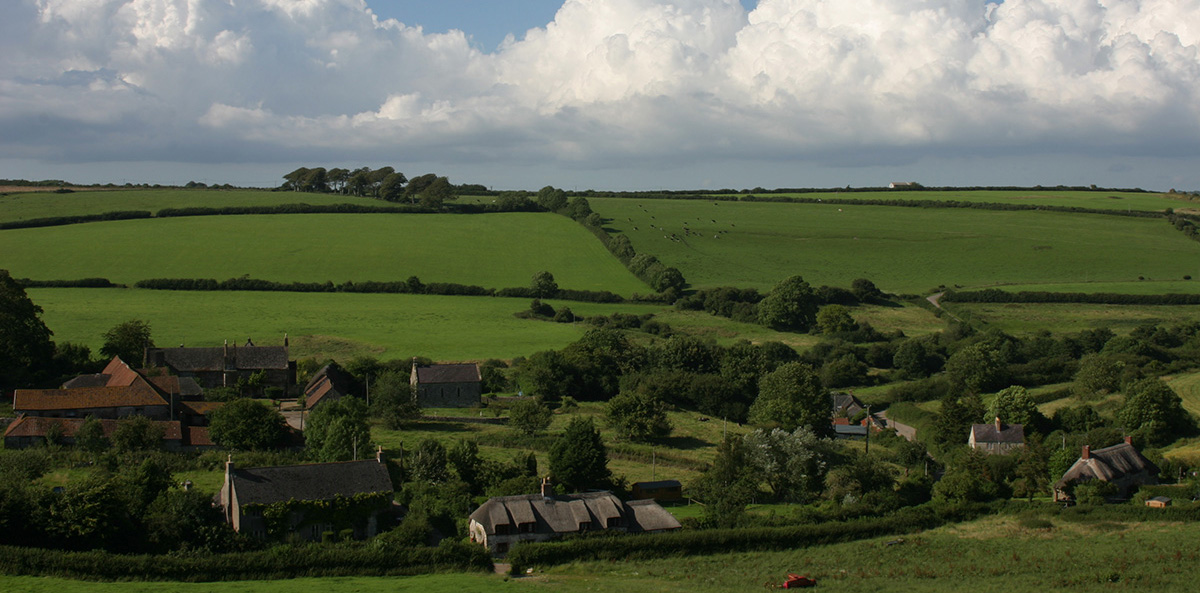Six years ago that was typical of the many headlines that appeared in newspapers throughout the world. A child was attacked by an eagle in a Montreal park and video proof was offered. The proof was soon found to be false and there was one less thing to worry about.
Given that many parents these days are highly attuned to the many, many dangers children face, they may have worried a little less about the eagle threat, but were probably kept awake wondering if such an event could happen.
I wasn't worried, but I did wonder. The event in this case was clearly fabricated, but I did recall reading about such attacks. I went looking for accounts of eagle attacks and found many of them over a period of 150+ years.
Recently the great eagle event of 2012 was referred to and I was reminded of all the hard work I did on behalf of worried parents everywhere. I was moved to assemble it all here and will attempt to embed the 50 page pdf in this post. If I fail, email me and I will send it to you.
Here are some samples to entice you. Although many of the reports I provide are from the United States, I can let my loyal Canadian readers know that I did find some that were close to Montreal. In 1881 a child was attacked near Gananoque and received minor injuries. The next year, a child was more seriously injured near Belleville. Things did not work out so well for the child in this account from 1895 and you can learn more of the gruesome details in the attached (I hope) report:
“A few mornings since the wife of Jean Baptiste Romilly, a farmer in St. Vincent de Paul, a village about ten miles from Montreal, was feeding her fowls, while her child, aged about two years, was playing around, when suddenly a large bald-headed eagle swooped down and bore the little one off in its talons. The child screamed and extended its arms to its mother, who was beside herself with mental agony, but was powerless to render assistance...." I can see that these snippets do nothing to ease the anxiety of anxious parents. I can assure you, however, that all the news is not bad and that the entire report will make you feel better.
For details see: Avian Abductions.
(or email me)
